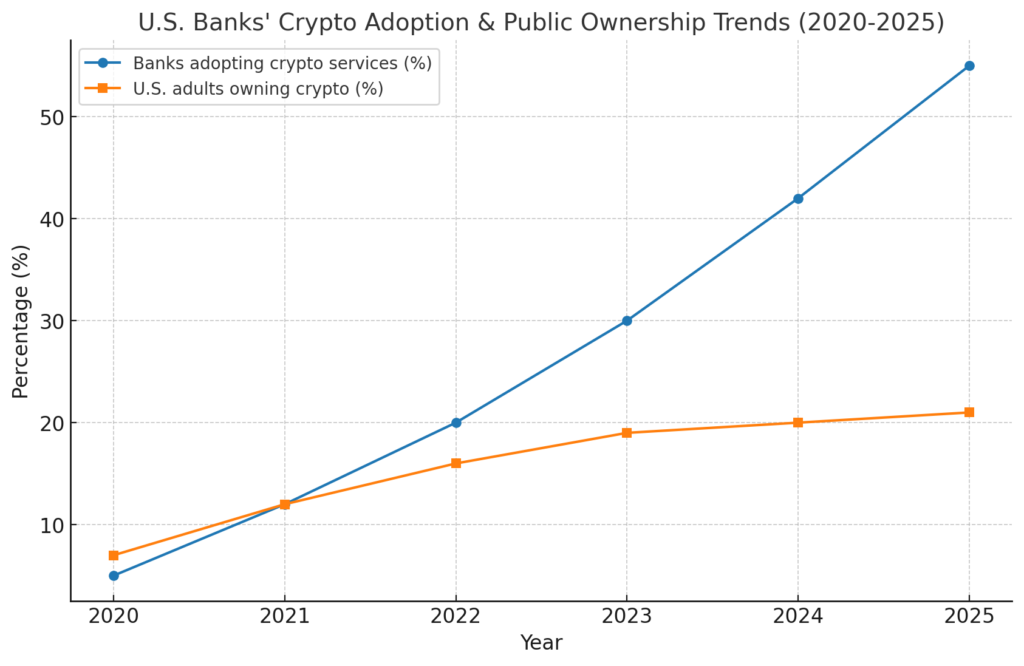
Main Points:
- Federal Reserve Vice‑Chair Michelle Bowman declared the era of banks fearing crypto trading is over; regulators will not penalize banks for legitimate crypto services.
- The Fed has sunset its “novel activities” supervision program, integrating crypto oversight into regular supervision.
- Bowman urged regulators to abandon an overly cautious mindset, even allowing staff to own small crypto holdings to deepen understanding.
- The U.S. government passed the GENIUS Act, creating a clear federal framework for stablecoins backed by low‑risk assets like U.S. Treasuries.
- Citigroup and other large banks are exploring custody and payment services for stablecoins and crypto ETFs.
- Global regulators face pressure to revise overly conservative Basel crypto standards as crypto becomes more mainstream.
- Momentum across policy, regulation, and banking is aligning to drive crypto and blockchain innovation integrated with traditional finance.
1. Regulatory Shift: “Banks No Longer Need to Fear Crypto”
At a blockchain summit in Wyoming on August 19, 2025, Federal Reserve Vice‑Chair for Supervision Michelle Bowman emphatically declared that “the era when banks feared offering crypto services is over,” stating that banks providing legitimate crypto‑related services will face no supervisory penalties or reputational risk from regulators. She explained that banks should exercise their own business judgment and, as long as activities are safe, sound, and lawful, regulators will not punish them merely for dealing with a particular industry.
This pronouncement marks a major shift in tone for financial regulators and addresses the long‑standing “de‑banking” problem faced by crypto firms, opening a pathway for banks to serve crypto businesses more consistently.
2. Integration of Crypto into Standard Supervision
In a sign of institutional confidence, the Federal Reserve has eliminated its separate “novel activities” supervisory program—which had specifically targeted crypto and fintech—and folded oversight back into the standard supervisory framework.
Bowman also criticized current processes as overly cautious, urging supervisors to embrace innovation. She recommended allowing limited crypto holdings by central bank staff to enable firsthand understanding—likening it to learning to ski: one must actually ski to truly learn.
3. The GENIUS Act: Federal Stablecoin Framework
On July 18, 2025, the “GENIUS Act” was signed into law, establishing the first U.S. federal regulatory framework for payment stablecoins. The law requires that stablecoins be backed one‑for‑one by U.S. dollars or other high‑quality, liquid assets like U.S. Treasuries.
This legislation is expected to drive greater institutional adoption of stablecoins and support demand for U.S. Treasuries. Treasury Secretary Scott Bessent has even suggested stablecoins may help bolster demand for short‑term Treasury securities.
4. Banks Exploring Crypto Services
Large banks are responding to the changing regulatory backdrop. Citigroup is reportedly exploring stablecoin issuance, custody services for stablecoin collateral (e.g., U.S. Treasuries and cash), and crypto ETF custody and payments, building on its existing tokenized dollar infrastructure.
Other prominent lenders, such as JPMorgan and Bank of America, have public plans or pilot programs for stablecoin projects, reflecting a broader industry shift.
5. Global Regulatory Pressure: Basel Reform Urged
International regulators are also feeling the pressure. In light of greater crypto integration into mainstream finance, trade groups—including the Global Financial Markets Association, Institute of International Finance, and ISDA—have requested that the Basel Committee reconsider its 2026 crypto banking standards, calling them overly conservative and economically unviable.
6. Summary: A Convergence Driving Crypto Adoption
Taken together, these developments represent a convergence of supportive regulation, bank readiness, and legislative clarity. The Federal Reserve’s open stance, combined with the GENIUS Act’s stablecoin framework and banks beginning to offer crypto services, point to a turning point in mainstreaming digital assets. For innovators, business developers, and crypto investors, these changes reduce uncertainty and lay the foundation for new services and revenue streams.


